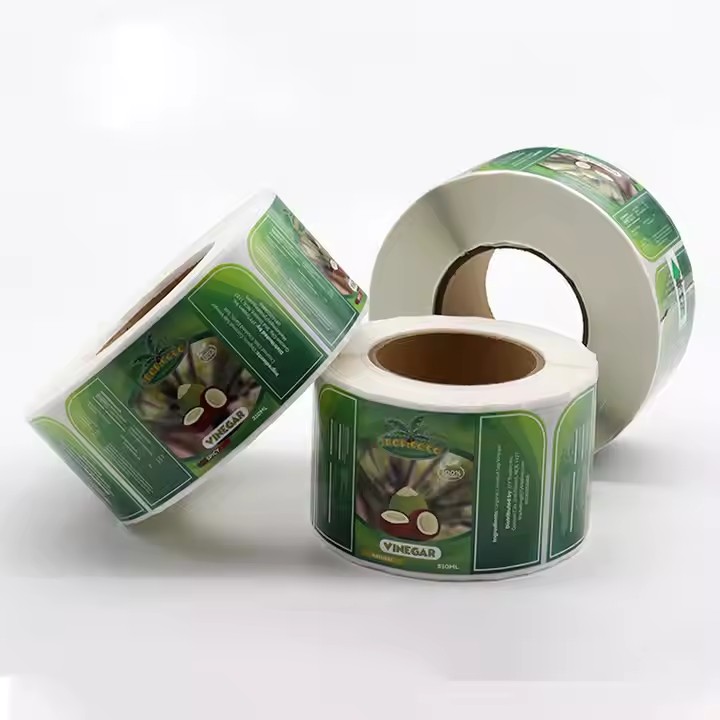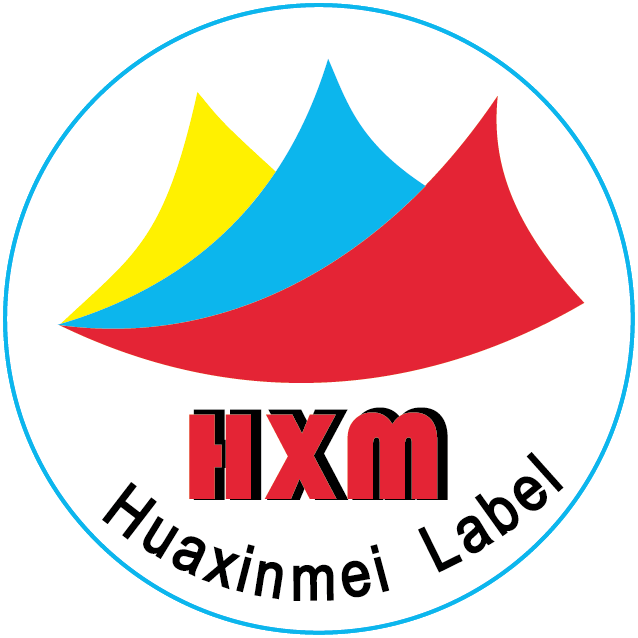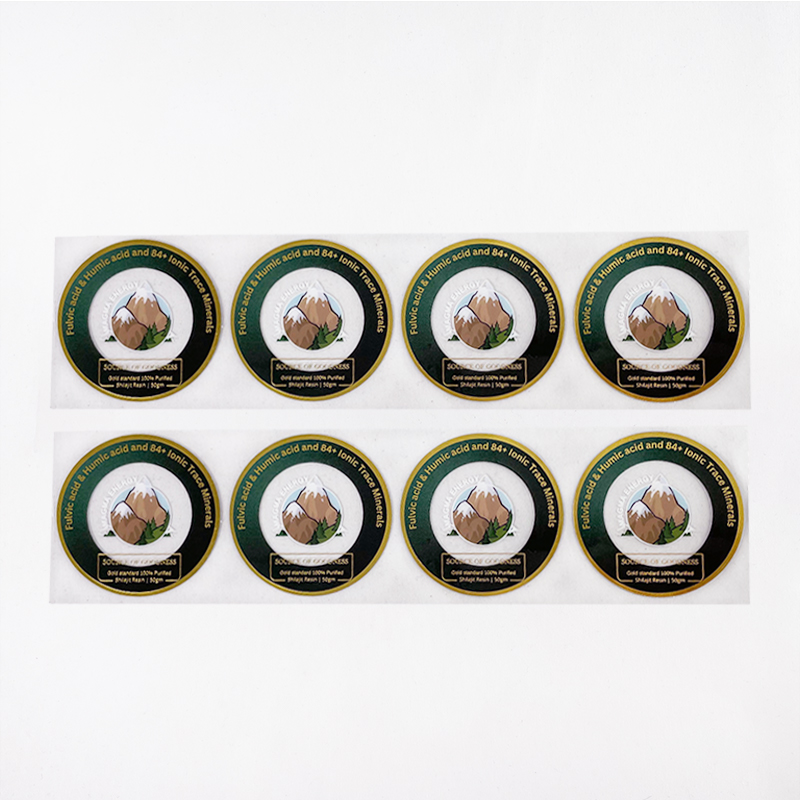Innovations in factory production are necessary improvements that follow the progress of the times and market trends. Any company looking to enhance production efficiency must innovate in its production equipment or concepts. So, what innovations exist in the production of customized boxes?
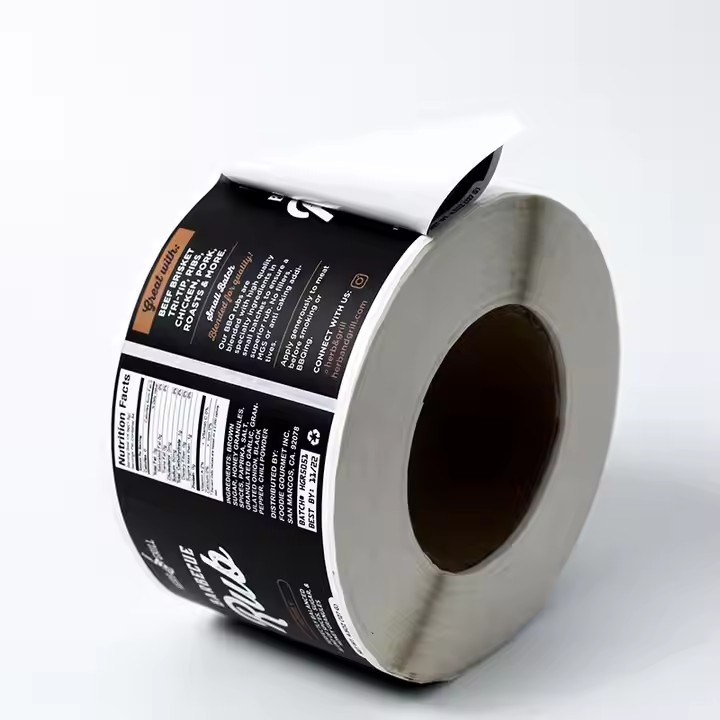
Technical Applications
First, there’s the innovation of smart labeling technology. By incorporating built-in sensors, electronic components, and wireless communication modules, this technology enables the reading, transmission, and processing of label information. The management provided by smart technology can reduce the need for personnel to supervise the label production process, thereby decreasing error rates, enhancing production efficiency, and saving on labor costs. For example, in the logistics sector, smart labels can monitor real-time information about the location, temperature, and humidity of goods, facilitating better logistics management and monitoring. They can quickly detect which labels or packages are non-compliant or do not meet company standards.
Another innovation is biometric labeling technology, which utilizes sensors for facial recognition, fingerprint identification, etc., for identity verification, access control, and logistics tracking. This provides good oversight of the production batches and quality of packaging boxes, ensuring product quality. In scenarios requiring high security, such as managing confidential documents or preventing counterfeit high-end products, biometric labels offer more reliable identity verification methods. Regardless of the specific technological innovation, the fundamental goal remains to produce products that meet customer satisfaction and provide higher quality service.
Additionally, electronic label technology innovation involves incorporating electronic components such as batteries and wireless communication modules for logistics tracking, item management, and anti-counterfeiting. Compared to traditional paper labels, electronic labels offer advantages such as larger information storage, reusability, and faster reading speeds, which can significantly enhance management efficiency and accuracy. This technology greatly reduces the costs of manual management and improves the accuracy of label counts, thus minimizing errors.
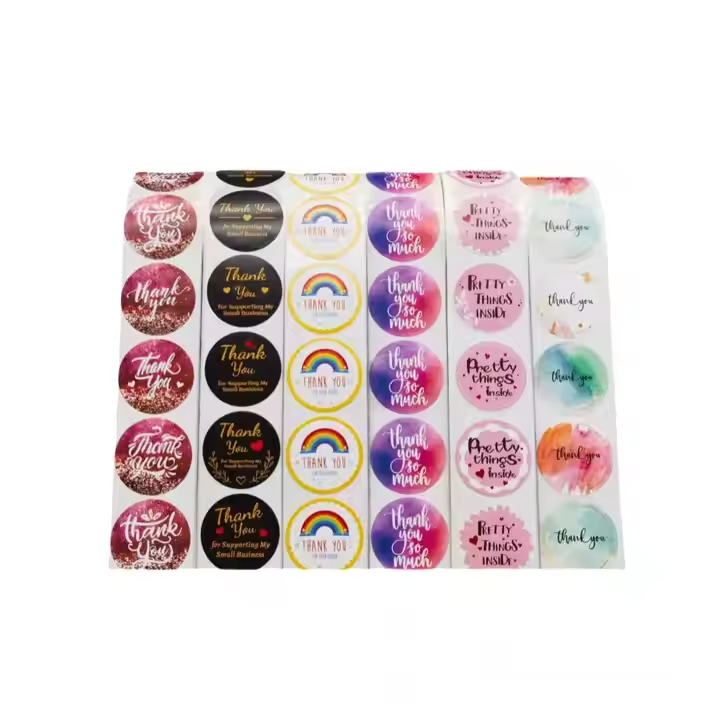
Enhancing Anti-Counterfeiting Functions
Innovations in packaging boxes also focus on the application of special inks and materials. Color-changing ink, as the name suggests, changes under different conditions. Labels using special color-changing ink can shift colors based on lighting, temperature, or angle, enhancing anti-counterfeiting features and making it difficult for counterfeiters to replicate. For instance, some labels appear one color at room temperature and change when temperatures rise or fall significantly, signaling whether the product has undergone abnormal temperature changes. Certain electronic products often use color-changing ink anti-counterfeiting labels on their packaging.
In addition to color-changing ink, there’s a technique called fluorescent ink, which emits specific fluorescent colors under ultraviolet or other special light, making it invisible under normal lighting conditions. Only special detection equipment can reveal it, which is useful for anti-counterfeiting verification. This technology is more advanced, as it requires specific tools for illumination to distinguish the authenticity of products. Another method is micro-nano structure anti-counterfeiting, which involves creating tiny structures on the label surface using micro-nano processing techniques, such as nano-patterns or textures. These sophisticated designs make it difficult for counterfeit manufacturers to replicate the anti-counterfeiting labels, safeguarding the rights of genuine products. These micro-nano structures have unique optical properties, such as diffraction and refraction, making them hard to counterfeit through conventional printing or replication methods, effectively raising the anti-counterfeiting level.
The increase in anti-counterfeiting measures encourages more companies to seek partnerships with label packaging manufacturers, thereby enhancing their brand influence and market competitiveness. Innovations in customized label packaging technology also include blockchain traceability for anti-counterfeiting. By applying blockchain technology to the label tracing system, each label has a unique digital identity, and all information is recorded on the blockchain, making it tamper-proof. Every product’s label number and production date are documented in the blockchain, making it challenging for counterfeiters to forge genuine products and ensuring brand rights. Consumers can scan the QR code on the label or use other methods to access information about the product’s entire production, transport, and sales processes, ensuring its authenticity and traceability.

Design and Presentation
Personalized customization of label packaging allows brands to stand out and be memorable to consumers. Starting from a path of design customization can help differentiate a brand in a crowded market. Personalized label packaging can effectively leverage modern digital printing and image processing technologies, allowing for flexible and diverse designs tailored to customer needs in various shapes, colors, patterns, and materials, thus meeting different brand demands. For instance, cosmetics brands can create labels with unique appearances and textures that align with their brand image, enhancing product recognition and appeal.
Interactive labels facilitate engagement with the brand through activities like lotteries, games, or surveys, increasing consumer engagement and brand activity. Additionally, incorporating QR codes and AR technology into labels allows consumers to scan or use related applications to access more product information, usage instructions, and promotional activities, fostering interaction with the brand. For example, QR codes on food labels could link to cooking tutorials or nutritional information, enhancing consumer participation and experience.
